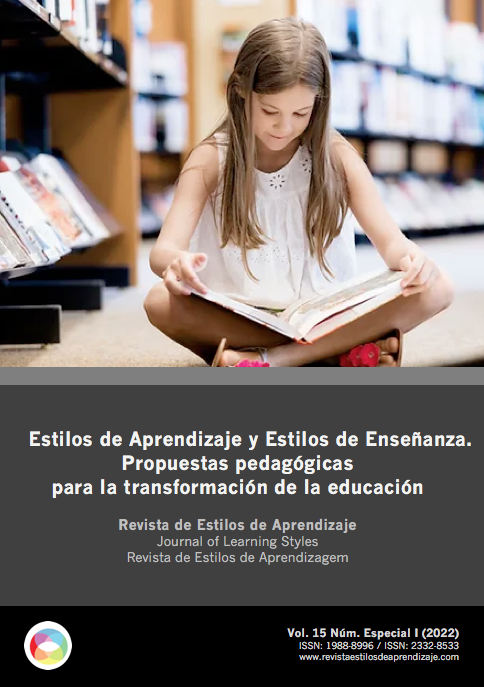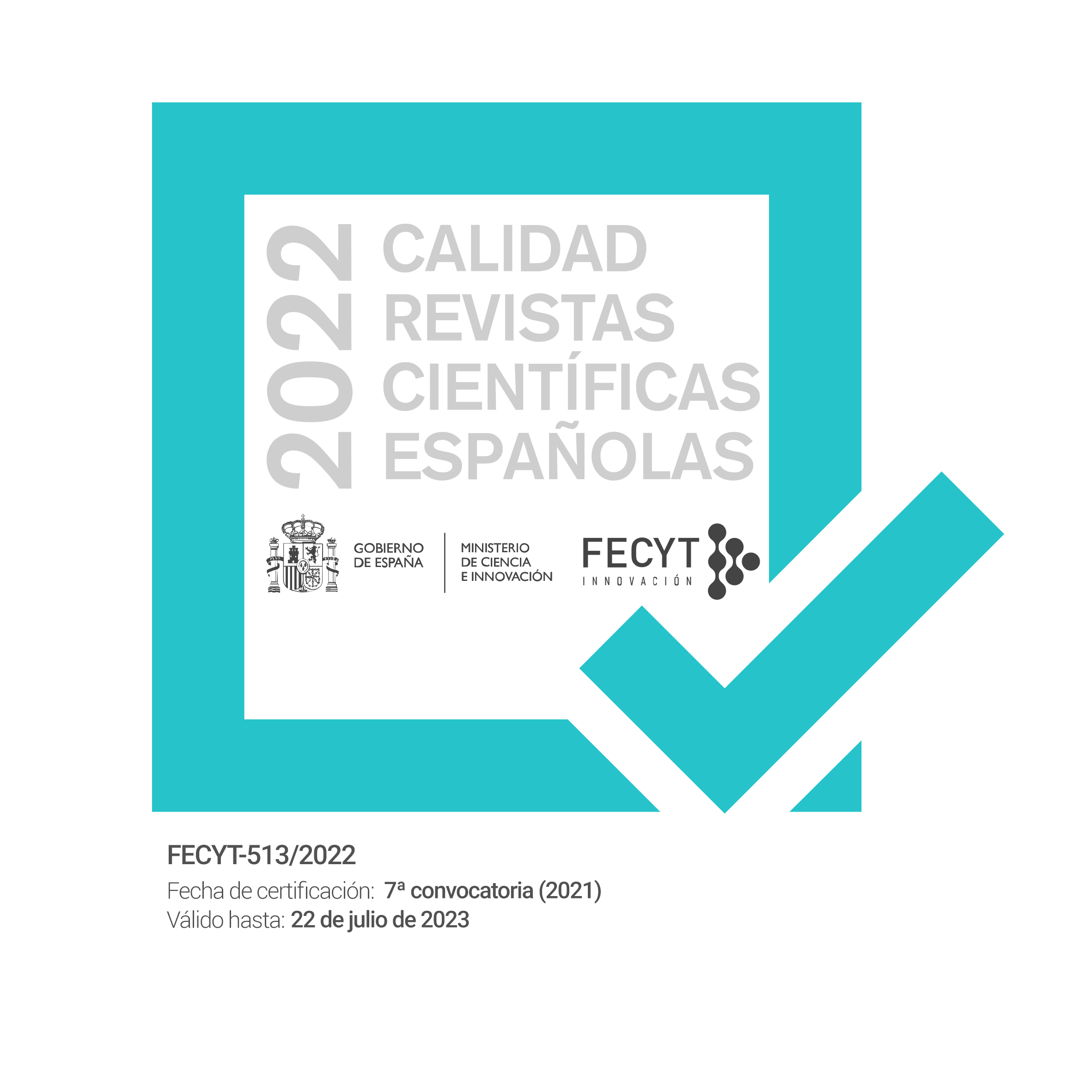Synchronous computer-mediated communication in pronunciation teaching: A survey study
DOI:
https://doi.org/10.55777/rea.v15iEspecial.4431Keywords:
Synchronous computer-mediated comunication, Pronuntiatium teaching, Remote Teaching, English as a foreing languageAbstract
Remote learning has been in the spotlight since the emergence of the coronavirus pandemic, notably boosting the development of distance learning in the last two years; as universities were obliged to close worldwide and lecturers had to teach online during lockdown, the use of Synchronous Computer-Mediated Communication (SCMC) started to prevail. Pronunciation instruction was not an exception. Indeed, in-person lectures had used technology to support face-to-face (F2F) education by using videos and articles in class. However, educators had to adapt rapidly to teach through video-based platforms. Although much investigation has been conducted on Computer-Assisted Pronunciation Training (CAPT), and researchers currently show more and more interest in the use of new technologies within the pronunciation classroom, little research has been done regarding the teaching methodologies applied in teacher-guided online pronunciation instruction.
Downloads
References
Bao, W. (2020). COVID‐19 and online teaching in higher education: A case study of Peking University. Human Behavior and Emerging Technologies, 2(2), 113-115. doi: 10.1002/hbe2.191
Calvo Benzies, Y.J. (2017). Contributions of new technologies on the teaching of English pronunciation. Language Value, 9(1), 1-35. doi: 10.6035/LanguageV.2017.9.2
Gallego Trijueque, S., Matarín Rodríguez-Peral, E., & Fondón Ludeña, A. (2020). La didáctica digital pre-pandémica. Punto de partida para una transformación educativa en la enseñanza superior. Revista De Estilos De Aprendizaje, 13(Especial), 5–16. http://revistaestilosdeaprendizaje.com/article/view/2234
Gomede E, Miranda de Barros R, de Souza Mendes L. (2020) Use of Deep Multi-Target Prediction to Identify Learning Styles. Applied Sciences 10(5), 1756. https://doi.org/10.3390/app10051756
Hodges, C., Moore, S., Lockee, B., Trst, T., & Bond, A. (2020). The difference between emergency remote teaching and online learning. Educause Review. https://er.educause.edu/articles/2020/3/the-difference-between-emergency-remote-teaching-and-online-learning
Juárez Díez, C., & Hinojosa Hernández, E. (2021). Senior high school students’ learning styles and experiences in the emergency remote teaching. Revista De Estilos De Aprendizaje, 14(28), 61–73. http://revistaestilosdeaprendizaje.com/article/view/3372
Krishnan, I. A., Ching, H., Ramalingam, S., Maruthai, E., Kandasamy, P., Mello, G., Munian, S., & Ling, W. (2020). Challenges of learning English in 21st century: Online vs. traditional during COVID-19. Malaysian Journal of Social Sciences and Humanities (MJSSH), 5(9), 1 - 15. doi: 10.47405/mjssh.v5i9.494.
Lin, H. (2015). Computer-mediated communication (CMC) in L2 oral proficiency development: A meta-analysis. ReCALL, 27(3), 261-287. doi:10.1017/S095834401400041X
Moser K.M., Wei, T., & Brenner, D. (2021). Remote teaching during COVID-19: Implications from a national survey of language educators. System, doi: 10.1016/j.system.2020.102431
Nguyen, N. (2020). A New trend in pronunciation teaching, MITESOL Journal (2)1 https://scholarworks.gvsu.edu/mitesol/vol2/iss1/
O-Brien, M. G., Derwing, T. M., Cucchiarini, C., Hardison, D. M., Mixdorff, H., Thomson, R. I., Strik, H., Levis, J. M., Munro, M. J., Foote, J. A., & Levis, G. M. (2018). Directions for the future of technology in pronunciation research and teaching. Journal of Second Language Pronunciation, 4, 182-206. doi: 10.1075/jslp.17001.obr
Quesada Vázquez, L. (2021). Teaching English pronunciation online during the COVID-19 coutbreak. Proceedings of the 7th International Conference on Higher Education Advances (HEAd’21), Universitat Politècnica de València, 351-358. http://dx.doi.org/10.4995/HEAd21.2021.12906
Rahiem, M. (2020). The emergency remote learning experience of university students in Indonesia amidst the COVID-19 crisis. International Journal of Learning, Teaching and Educational Research, 19(6), 1-26. doi: 10.26803/ijlter.19.6.1
Rapanta, C., Botturi, L., Goodyear, P., Guàrdia, L., & Koole, Maguerite (2020). Online university teaching during and after the COVID-19 crisis: Refocusing teacher presence and learning activity. Postdigit Sci Educ, 2, 923–945. doi: 10.1007/s42438-020-00155-y
Zeinali Nejad, M., Golshan, M., & Naeimi, A. (2021a). Pronunciation achievement in computer-mediated communication (CMC) Classrooms. International Journal of Foreign Language Teaching and Research, 9(38), 205-214
Zeinali Nejad, M., Golshan, M., & Naeimi, A. (2021b). The effect of synchronous and asynchronous computer-mediated communication (CMC) on learners’ pronunciation achievement, Cogent Psychology, 8(1). doi: 10.1080/23311908.2021.1872908
Walker, R. (2014). Technology for pronunciation. English Teaching Professional, 95, 29-31. https://englishglobalcom.files.wordpress.com/2014/03/technology-for-pronunciation-etp-95.pdf
Downloads
Published
How to Cite
Issue
Section
License
By submitting the original, the author(s) declare that they are aware of and accept, in full, the privacy policy as well as the copyright of the Learning Styles Magazine.
The Learning Styles Magazine offers free and open access to its content, completely free of charge, in order to bring scientific research to its readers and society in general. All digital contents are free and open access and are published under a Creative Commons license:

Rights are granted under the Creative Commons Reconocimiento-NoComercial-SinObraDerivada 4.0 Internacional (CC-BY-NC-ND 4.0)
The Learning Styles Magazine is an open access journal. Publication of articles or reviews in the Journal does not entitle you to any remuneration. For authors as well as readers, the journal is free Creative Commons Reconocimiento-NoComercial-SinObraDerivada 4.0 Internacional (CC-BY-NC-ND 4.0).
With this licence, the reproduction and dissemination of the contents of the magazine for educational, social and knowledge transmission purposes is permitted, without any profit motive in mind, provided that the source and authorship are not modified. The licence granted to Learning Styles Magazine allows the copying and distribution of the magazine's contents, as long as the authorship of the work is recognised, correctly specifying the author and the publishing entity. The work may not be used for commercial purposes, nor may it be altered, transformed or generated from this work.
The publication of articles or reviews in the Journal does not give the right to any remuneration.
The Learning Styles Journal invites the author/authors to increase the visibility and scope of their articles published by re-disseminating them in:
- Web spaces and personal networks, as well as in scientific meetings and forums
- Open institutional archives in Universities, educational repositories and Research Centres.
- Academic and scientific networks (Researchgate, Academia.edu, Plubons, etc.)
All these spaces and publications must include all the bibliographic data of the publication.

























